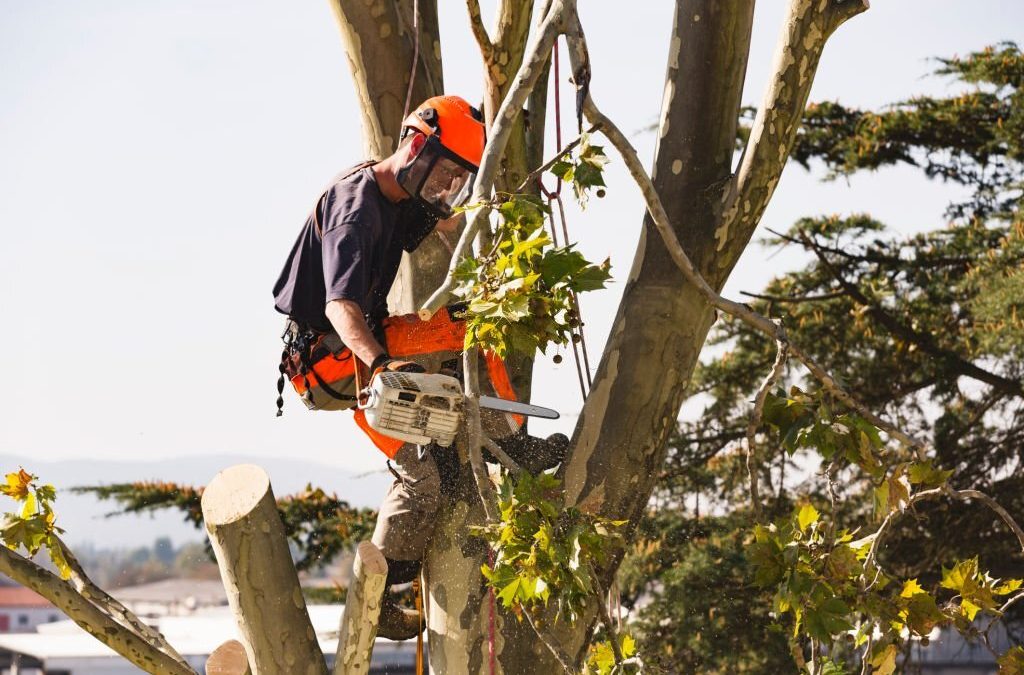When you need emergency tree removal services depends on several factors, and most often, the decision to call for professional help is based on safety concerns. Emergency tree removal is necessary when a tree has toppled over or is at risk of falling due to severe weather conditions or advanced decay. Even if it appears stable, if the tree’s roots are damaged or diseased, it can become hazardous instantly. If a storm hits and trees can no longer withstand strong winds, broken limbs and even whole trees may come crashing down. In these cases, an emergency response team should be called as soon as possible to contain any potential risks to property and people.
In addition to weather-related incidents, other reasons might necessitate an emergency tree removal service. Trees located near older buildings or those made from aged materials may present a danger if their roots start pushing against the foundation or walls of the structure. It could cause structural damage, which can be expensive to repair and put people in danger of injury or even death in some cases. Tree limbs can also fall over weakened branches and create hazardous situations that require quick action before they pose any real threat. Furthermore, dead trees should always be removed before they become unstable and break away from their trunk.
Emergency tree removal services are also needed when a tree proves hazardous due to pest infestations such as borers, beetles, and termites, which can cause extensive damage above and below ground. Any trees with limbs that have grown to power lines should be removed as soon as possible before they cause any electrical outages or, worse yet – electrocution-related injuries. Finally, trees with deep cavities may suddenly split into multiple pieces, so calling for help sooner rather than later will prevent any unfortunate circumstances from occurring later on down the line.
One must consider several factors when determining whether emergency tree removal services are necessary. It includes but is not limited to weather conditions, the age of the structure adjacent to the tree, pest infestation signs, proximity of power lines, and any signs of rot or decay visible in the trunk or limbs of the tree itself. Considering all these aspects, one can determine whether calling for help is the best course of action to protect both property and life from potential harm caused by falling branches or entire trees uprooted due to disease or extreme weather events.

